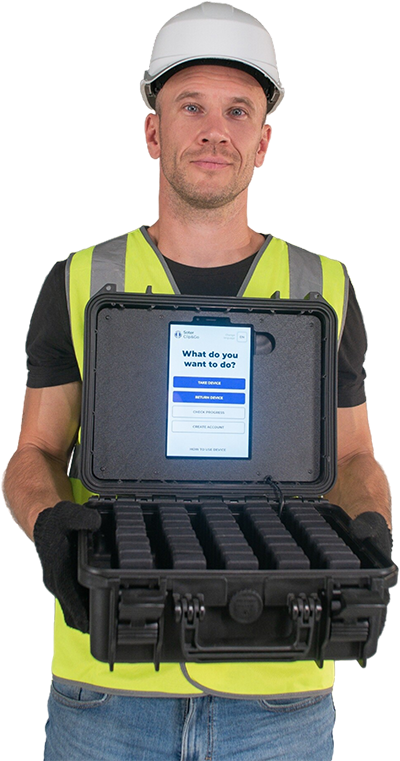Musculoskeletal Disorder Prevention in the Workplace: Strategies for Health and Productivity

Preventing musculoskeletal disorders (MSDs) in the workplace is critical for promoting employee health, well-being, and productivity. This article examines the types and challenges of MSDs, along with effective prevention strategies. By implementing these strategies, organizations can create a culture of health and safety while minimizing the impact of MSDs on employees and the bottom line.
Types of Musculoskeletal Disorders
MSDs can affect various parts of the body, including the back, neck, shoulders, arms, and legs. Common types of MSDs include:
Lower back pain: One of the most prevalent MSDs, often caused by poor posture, lifting heavy objects, or prolonged sitting.
Carpal tunnel syndrome: A condition affecting the wrist and hand due to repetitive movements, such as typing or assembly line work.
Tendonitis: Inflammation of tendons resulting from repetitive motions or overexertion, commonly observed in tasks involving repetitive gripping or lifting.
Rotator cuff injuries: Damage to the muscles and tendons surrounding the shoulder joint, often caused by overhead reaching, lifting heavy objects, or repetitive arm motions.
Statistics on Musculoskeletal Disorders
The impact of MSDs on individuals and organizations is significant. Consider the following statistics:
According to the Bureau of Labor Statistics, MSDs accounted for 30% of all non-fatal occupational injuries and illnesses in 2022.
The National Institute for Occupational Safety and Health (NIOSH) estimates that employers spend $20 billion to $50 billion annually on direct costs related to MSDs.
The Occupational Safety and Health Administration (OSHA) reports that MSDs result in an average of 12 days away from work per affected employee.
The American Academy of Orthopaedic Surgeons highlights that ergonomic interventions can reduce the risk of MSDs by up to 60%.
Challenges in Musculoskeletal Disorder Prevention
Preventing MSDs presents several challenges for organizations. Some common challenges include:
Ergonomic design: Designing workspaces, tools, and equipment that promote proper posture and reduce strain can be complex, especially in industries with diverse tasks and job roles.
Employee awareness: Many employees may lack awareness of ergonomic principles and the early signs of MSDs. Educating employees about MSD risks and prevention measures is crucial.
Changing work environments: With the rise of remote work and flexible arrangements, ensuring ergonomic practices and equipment for off-site employees poses unique challenges.
Aging workforce: As the workforce ages, there may be an increased susceptibility to MSDs. Tailoring prevention efforts to accommodate the needs of older employees is essential.
Effective Strategies for Musculoskeletal Disorder Prevention
Ergonomic assessments and interventions: Conduct regular ergonomic assessments to identify risk factors and implement tailored interventions, such as adjustable workstations, ergonomic tools, and proper lifting techniques.
Wearables for Injury Prevention: a behaviour-changing technology which helps employees improve and maintain their lifting techniques in real-time, resulting in fewer injuries and better productivity.
Training and education: Provide comprehensive training programs on ergonomic practices, emphasizing proper body mechanics, stretching exercises, and the importance of taking regular breaks.
Promote a culture of health and well-being: Encourage employees to prioritize their physical health by engaging in regular exercise, maintaining a healthy weight, and practicing good posture.
Leadership commitment: Leaders should actively support and promote MSD prevention initiatives, allocate resources for ergonomic improvements, and integrate health and safety considerations into organizational policies and practices.
Continuous improvement and feedback: Establish mechanisms for employees to report potential ergonomic hazards, provide feedback on existing preventive measures, and participate in the continuous improvement of MSD prevention strategies.
Conclusion
Preventing musculoskeletal disorders in the workplace requires a proactive and multi-faceted approach. By implementing effective strategies, organizations can reduce the incidence of MSDs, improve
employee health and well-being, and enhance productivity. Prioritizing ergonomic design, employee education, and fostering a culture of health and safety will contribute to a thriving work environment and long-term organizational success.
About Soter Analytics
Soter Analytics is a global safety science company producing AI-supported wearable solutions that reduce the risk of ergonomic injuries in the workplace. Soter wearables are widely used in logistics, manufacturing, healthcare and other industries, helping leading companies to prevent up to 55% of back & shoulder musculoskeletal injuries.
To see how Soter Analytics can help you improve safety behaviour, engage employees to self-manage their training and prevent workplace ergonomic injuries, simply Book a FREE Demo today.


